Security News
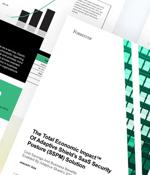
SaaS applications are the darlings of the software world. They enable work from anywhere, facilitate collaboration, and offer a cost-effective alternative to owning the software outright. At the...
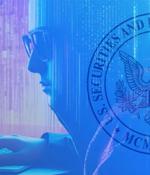
The SEC isn’t giving SaaS a free pass. Applicable public companies, known as “registrants,” are now subject to cyber incident disclosure and cybersecurity readiness requirements for data stored in...

In today's digital world, security risks are more prevalent than ever, especially when it comes to Software as a Service (SaaS) applications. Did you know that an alarming 97% of companies face...
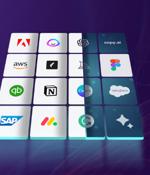
Wing Security announced today that it now offers free discovery and a paid tier for automated control over thousands of AI and AI-powered SaaS applications. This will allow companies to better...
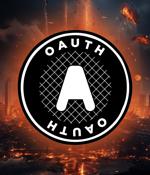
OAuth allows users to grant another application limited access to their resources - such as personal data, online accounts, and other sensitive items in SaaS environments - without sharing their credentials. OAuth is crucial in enabling seamless and secure connections between SaaS applications.
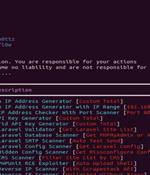
A new Python-based hacking tool called FBot has been uncovered targeting web servers, cloud services, content management systems (CMS), and SaaS platforms such as Amazon Web Services (AWS),...

Collaboration is a powerful selling point for SaaS applications. Microsoft, Github, Miro, and others promote the collaborative nature of their software applications that allows users to do more....

Over the past few years, SaaS has developed into the backbone of corporate IT. Service businesses, such as medical practices, law firms, and financial services firms, are almost entirely SaaS...

As work ebbs with the typical end-of-year slowdown, now is a good time to review user roles and privileges and remove anyone who shouldn’t have access as well as trim unnecessary permissions. In...
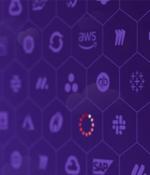
Wing Security recently announced that basic third-party risk assessment is now available as a free product. But it raises the questions of how SaaS is connected to third-party risk management...